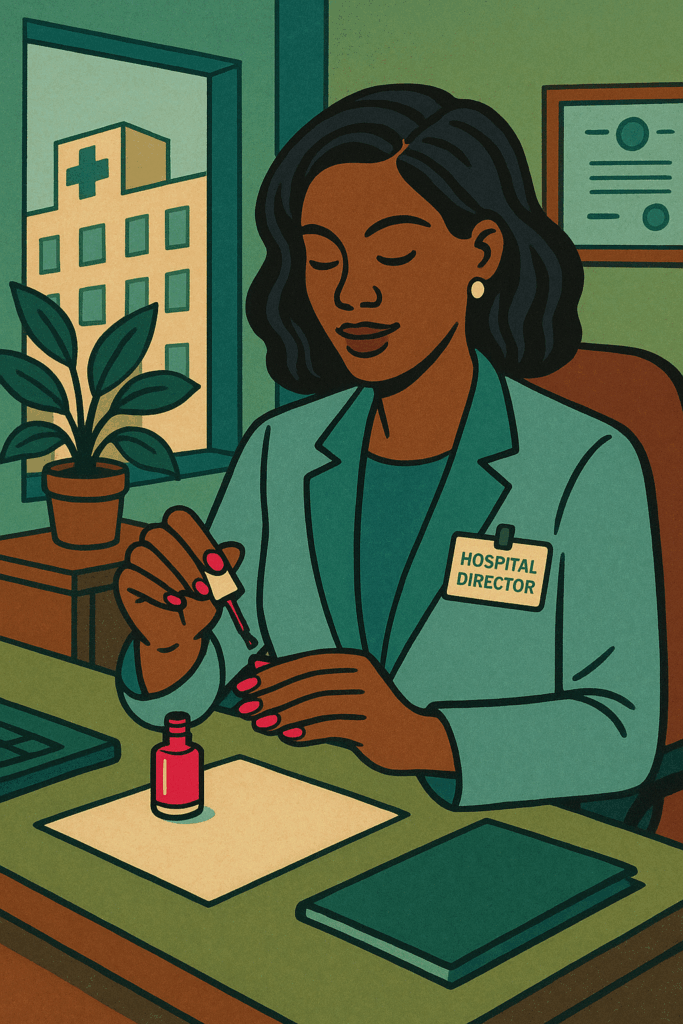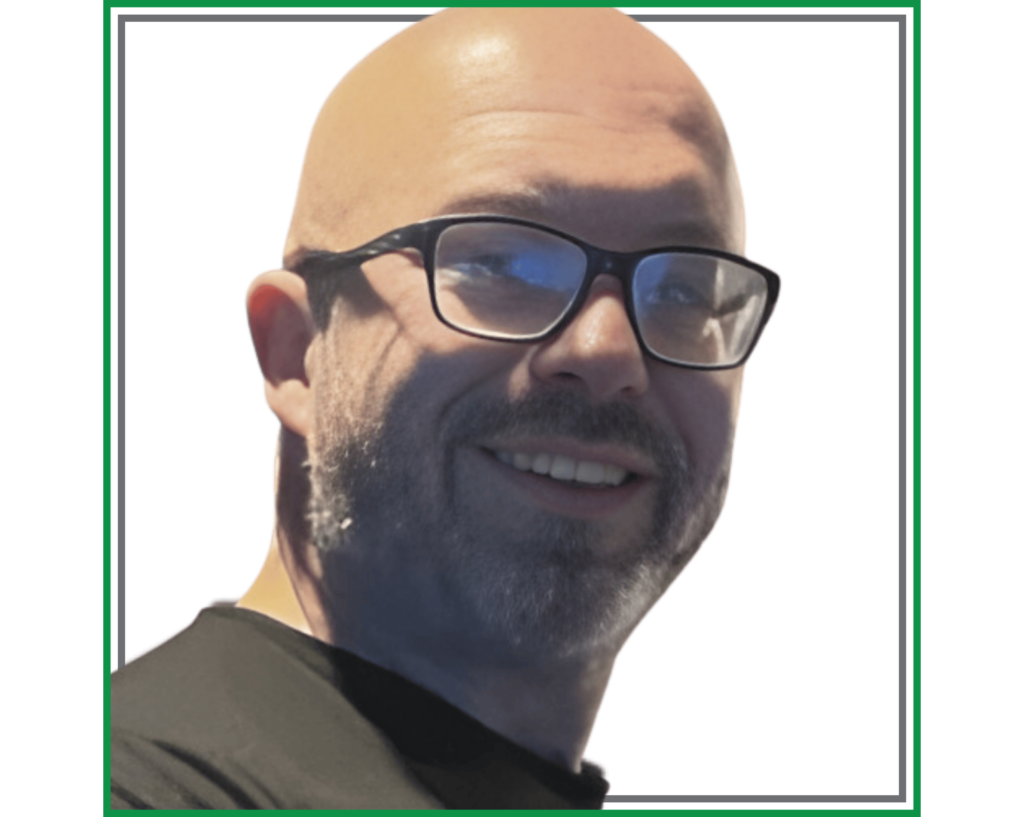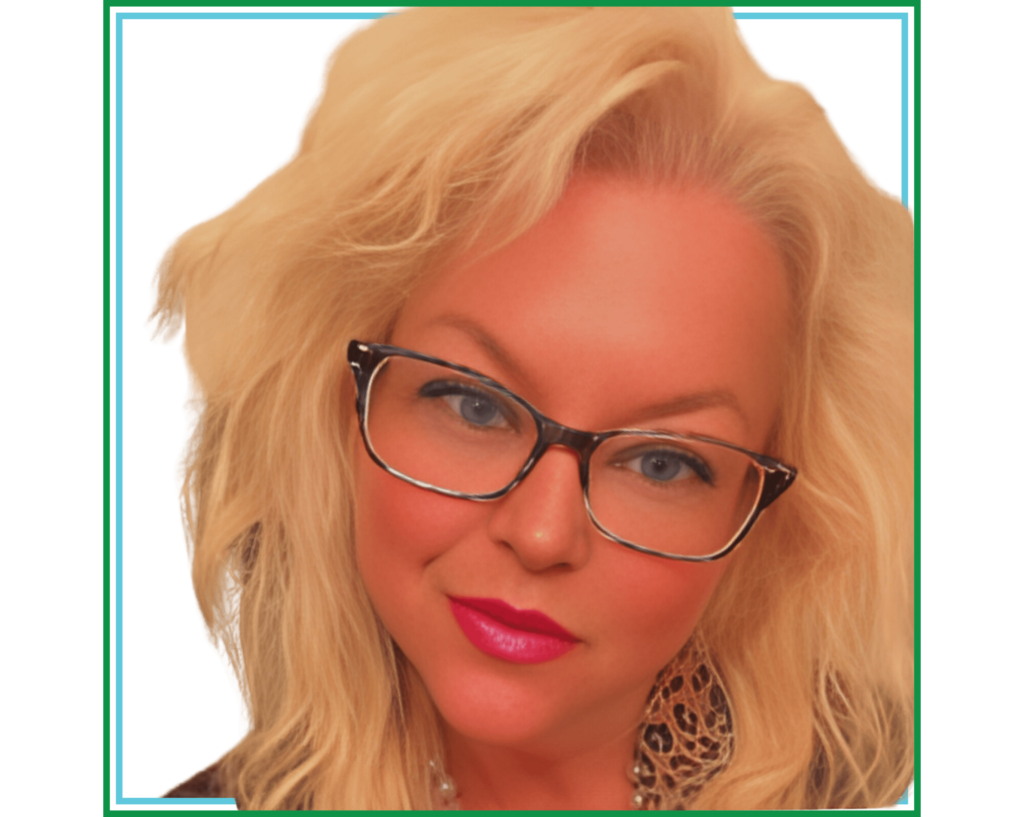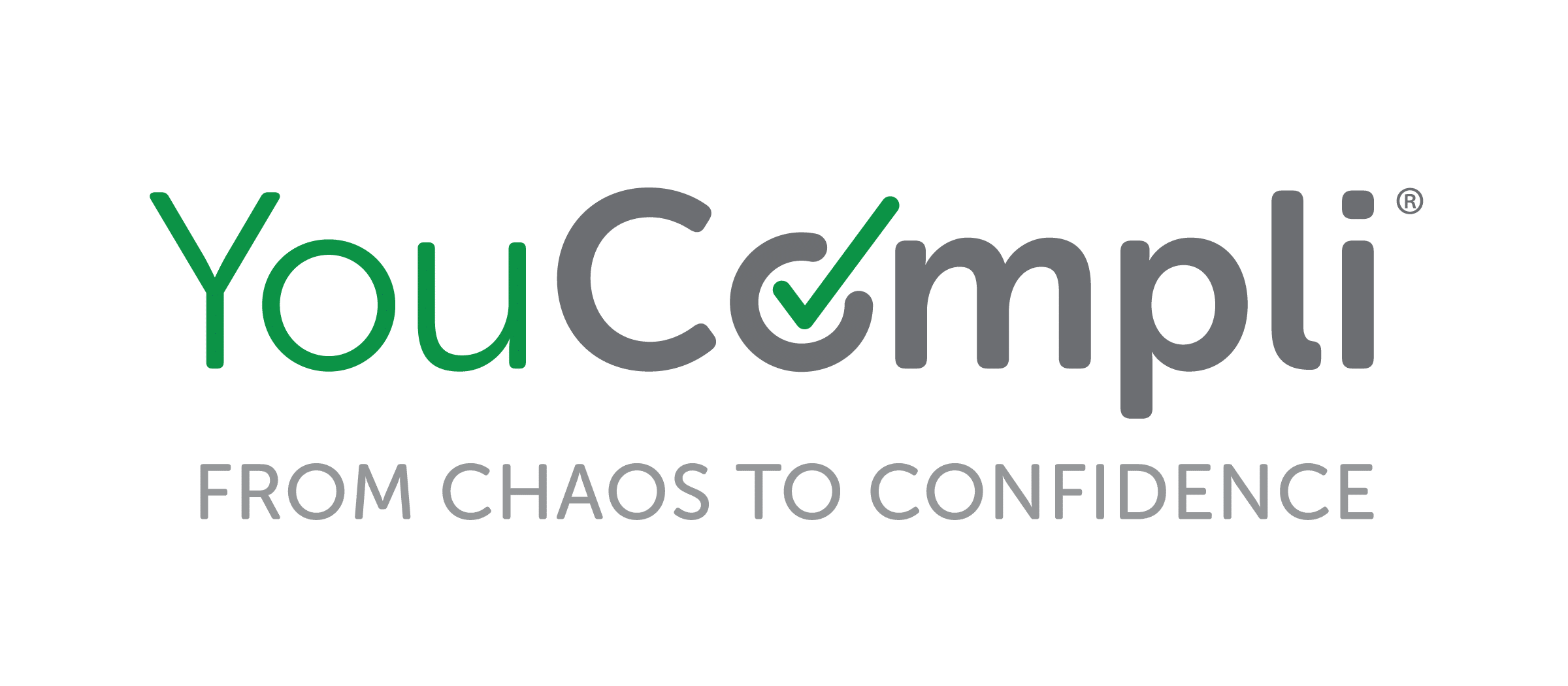
Without a good employee education program, your quality program can suffer. And without a good quality program, patient care can suffer. Compliance can partner with quality to mitigate legal and reputational risks through good education practices.
This expert-written blog explains how to improve quality education programs and prepare employees to meet quality and compliance goals. To make the lesson stick, quality education is metaphorically compared to nail polish – an unlikely pairing but one that drives home the message brilliantly and memorably.
Nail It Using These Timely Principles
According to Wikipedia, nail polish is a lacquer applied to a human’s fingernails or toenails for various reasons, including suppressing cracking, looking and feeling your best, and highlighting your unique style.
But there’s more to nail polish than a snappy color shade. When evaluating the quality of nail polish, good products should provide full coverage with fewer coats, have quality ingredients and protect your nails with shine.
What does an educational program have to do with quality nail polish? Actually, several things. We compare quality management with this popular beauty regimen to reveal common principles to make your organization look and feel its best.
- Full Coverage – Good for Nails and for Quality Education
- Commit to Continuous Improvement in Education Program
- Use Quality Ingredients for Quality Education and Quality Polish
- Quality Training Covers and Protects, Like Good Polish
- Make Quality Education Shine – Like Your Nails
Self-Care – Good for Nails and Healthcare Organizations
When people paint their nails, the result both looks and feels good. In fact, we can make a case that getting a manicure is a form of self-care. Similarly, having a quality management program is a form of organizational self-care. Now, we would venture to guess that many businesses operate without a quality management program, and those businesses are obviously not concerned about future prosperity or being here 50 years from now. You probably are. It’s why you are reading this. And building a quality education program is part of a long-term strategy nurturing a more sustainable, resilient organization.
High-quality nail polish should provide full coverage with fewer coats. Compliance and quality education programs should do the same. Comprehensive training should be designed to address the significant risks health care organizations face, which includes patient safety and quality of care.

Commit to Continuous Improvement in Quality Training
If you don’t have a continuous improvement program, you stagnate or you get worse, while your competitors who are focusing on quality get better.
The main mission of quality is to standardize systems and processes, so the organization delivers repeatable, efficient outcomes and the highest quality of patient care. Without standard operating procedures (SOPs), a workforce operates as it sees fit without any form of documented control. Even worse is when all training is done by word of mouth. And when one of those trainers leaves, that essential training knowledge and skill go with them.
Not sure how to organize a good, ongoing education program? We recommend you do what is doable, and you can read more about that in this article. Basically, it suggests that you simply identify the actions you can take and follow through on them.
In developing your compliance education strategy, focus on the easiest opportunities first and establish reliable practices that don’t easily chip, like janky, low grade nail polish. This list could include training in reviewing data, handling incident reports, engaging in leadership meetings, and managing daily tasks.
Acknowledge the situation, create a solid plan, prepare for unavoidable interruptions and make the most of your efforts. Commit to your training plan over time. Consistently show up and aim for gradual improvements.
Use Quality Ingredients for Quality Education
Good nail polish should resist chipping and fading for an extended period and add an extra layer of protection to what you do. The ingredients used in the lacquer play a role in delivering this result.
Similarly, your education program should be based on solid ingredients for compliance-related training that doesn’t fade or chip. This is one of the ingredients of a quality management program, along with:
- Written policies and procedures
- Compliance program leadership and oversight
- Effective lines of communication with compliance officer and disclosure programs
- Enforcing standards with consequences and incentives
- Risk assessments, auditing and monitoring, and responding to detected offensives
- Development of corrective action initiatives

These elements come directly from the Office of Inspector General of the US Department of Health and Human Services General Compliance Program Guidance (November 2023). The OIG’s stated purpose in issuing this information was to provide a reference guide for the healthcare compliance community and other healthcare stakeholders. It also covers other interesting information such as applicable laws and regulations, and compliance adaptations for large and small healthcare providers.
Quality ingredients. Quality results. In both compliance and nail polish.
Quality Training that Protects and Shines
For quality nail care, you want a finish that adds shine and protects your nails. We recommend Color Street, which features patented technology with a base, color and topcoat all in one, while easily removable with polish remover. According to their web site, they are transforming the nail polish industry with salon-quality manicures in minutes, to have you looking and feeling your best, while rejuvenating nails and cuticles.
For quality in training and education, you want the same end result. Your education program protects and shines when it is focused on the activities and risks of the organization. This training begins with learning about the role of the compliance officer, governing board, code of conduct and where to find information on compliance policies and procedures as well as non-retaliation provisions.
Do we need to tell you again about the benefits of an effective education program and how it protects and makes your organization shine?
Exactly.
Make Compliance Education a Big, Shiny Deal
Remember, while looks aren’t everything, the way you look is often part of any first impression that you give. Many people notice your face and hands initially, just as many employees will notice your onboarding and other educational programs first.
Unkempt nails may lead people to think the rest of your life is just as messy. The same is true for educational programs. Lackadaisical training may lead people to think compliance isn’t that big a deal.
Make a great impression and pay attention to the amount of care you give to your body and to your organization. A good compliance education program should provide full coverage with fewer sessions, draw on good ingredients, and protect your organization with confidence.
Try the YouCompli system as a centralized hub for tracking compliance and quality processes throughout the areas of your organization.
John R. Nocero, Ph.D., and Andrea L. Bordonaro, MAT, blog on LinkedIn as “The Q-Kids,” discussing everything related to clinical research education, inspiration, and professional connection.
John is the Director of Quality at River Vista in Columbus, Ohio. He has worked in clinical research since 2003 and is inspired by the Irish professional wrestler Becky Lynch, whose personal and professional story centers on achievement, tenacity, grit, and overcoming adversity.


Andrea has taught first grade in Willoughby, Ohio for 25 years. She earned a Bachelor of Science in elementary education from John Carroll University and a Master’s Degree in the Art of Teaching and Education from Marygrove College.
Currently trending:
- Revenue Cycle Management Compliance: Ensuring… “Revenue cycle management compliance is crucial for the financial health…
- With Compliance Audits, The Best Defense is a Good Offense In this blog, learn how to go on offense following…
- Three Strategies to Align Compliance with Revenue Cycle The revenue cycle is the process that starts with a…
- How the Three Lines Model Strengthens Healthcare Compliance Show that healthcare compliance and operations share responsibility for identifying…
- New Regulation– Now What? Step-by-Step Guide to… “With regulations often spanning hundreds of pages, how can compliance…


